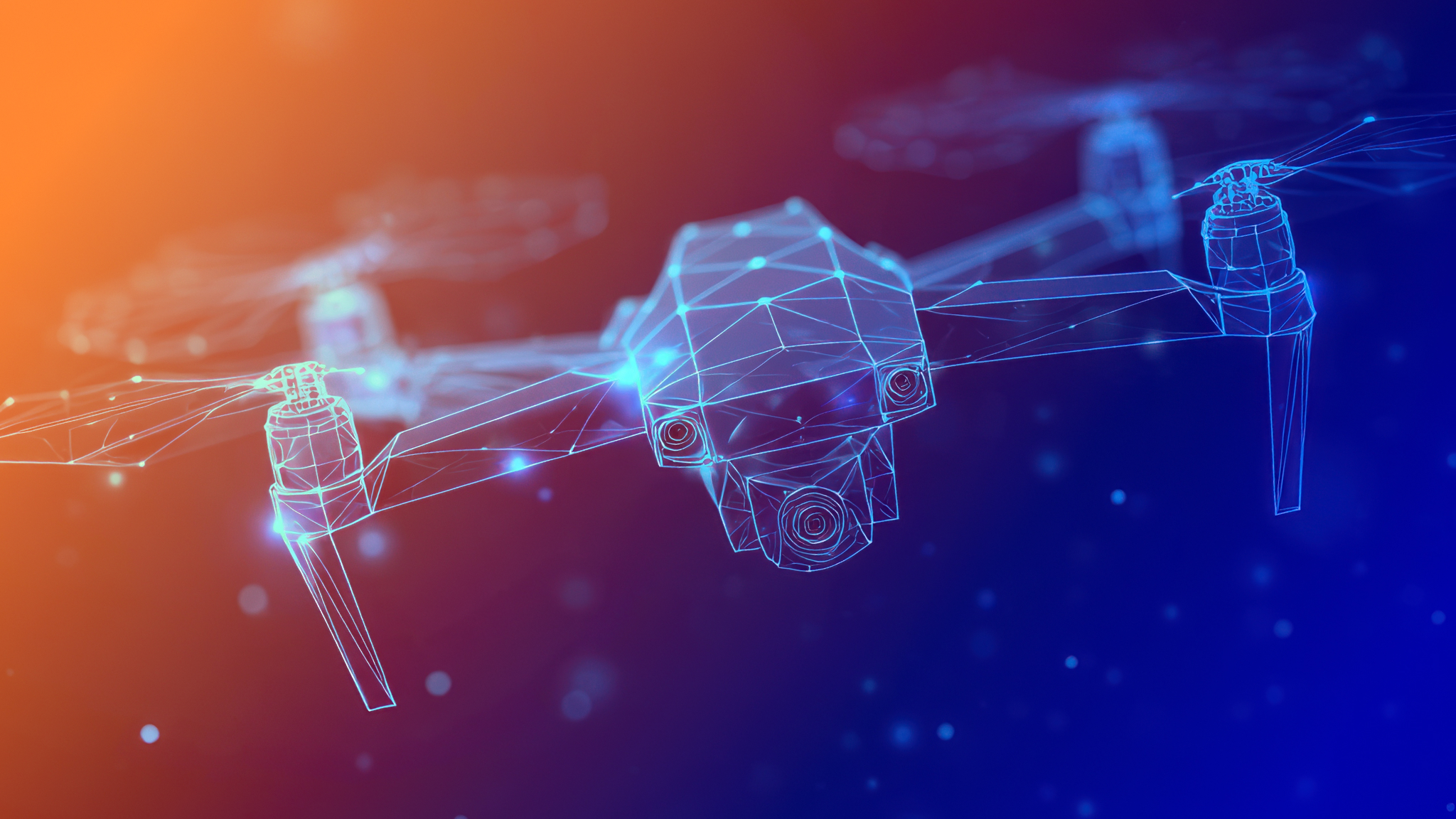This is the first installment of a multi-part blog series exploring how drones can stay connected, secure, and mission-ready with device-level networking.
Drones have moved far beyond their origins as hobbyist gadgets. They inspect power lines, monitor crops, deliver packages, and assist in search and rescue missions. Governments and enterprises alike now rely on them to collect critical data and perform mission-critical tasks. And analysts project the global drone market will surpass $90 billion by 2030. That growth brings opportunity and complexity. Every new drone adds another device in the sky that must connect, communicate, and be secured.
The problem? The networks drones depend on weren’t built for this kind of mobility. Wi-Fi coverage is fragmented. Cellular carriers impose strict NAT policies. Satellite links are expensive and variable. Yet reliable, low-latency communication is the foundation of flight safety and operational efficiency.
Connectivity is a competitive advantage
The next wave of drone innovation will not be about airframes or batteries. It will be about networks. Whether a company is flying a handful of inspection drones or managing a fleet of autonomous delivery vehicles, its ability to move data securely and predictably between aircraft, operators, and analytics systems defines its success.
Consumer-grade networking tools do not scale to this challenge. Static IPs, manual port forwarding, and fragile VPN tunnels fail in real-world conditions. Operators need connections that simply work, wherever a drone flies and whatever network it traverses. Similarly, commercial-grade solutions were never built for mobility. They’re bulky, outdated, and designed for stationary, predictable environments. These systems rely on rigid infrastructure and static topologies that crumble when networks shift or connectivity needs to adapt in real time.
Enter software-defined connectivity
ZeroTier’s platform creates secure, peer-to-peer links between devices, forming a virtual overlay that behaves like a single local network. Each drone, ground station, or control computer joins this private network with a unique cryptographic identity.
That identity-based design eliminates traditional friction points:
- No static IPs required. Devices automatically discover each other, anywhere in the world.
- No network provider lock-in. ZeroTier’s multipath networking allows seamless switching between 4G/5G, Starlink, and other connections mid-flight.
- No complex firewall rules. Deploy faster with out-of-the-box security. No manual port forwarding or custom firewall configurations required. No centralized bottlenecks. Communication flows peer to peer, reducing latency and risk.
The result is a resilient, software-defined network that adapts to changing conditions in flight.
Security that travels with the drone
In the air every connection matters, every second matters. Telemetry streams reveal flight paths, camera feeds may capture sensitive sites, and control signals must never be hijacked.
ZeroTier uses strong encryption between every authorized device. Each participant is cryptographically verified, preventing unauthorized access even if the underlying network is untrusted. Policies can segment traffic so that operations, maintenance, and analytics each have the minimum access they need.
For fleets working in regulated environments, such as defense, energy, or infrastructure, this model provides the auditability and control required for compliance while preserving the agility of field operations.
Ready for post-quantum security
As drone data becomes more valuable, the industry is looking ahead to long-term protection. Post-quantum cryptography (PQC) will soon be necessary to safeguard information that must remain confidential for decades.
ZeroTier’s upcoming PQC capabilities extend that protection to mobile and embedded systems, giving manufacturers and operators a path to quantum-resilient networking without specialized hardware. Future-proof security becomes part of the fabric of flight.
Scalability from the field to the fleet
A single pilot can configure a small team of drones in minutes. A manufacturer can connect thousands of units in production using the same approach.
ZeroTier’s management console provides a unified view of all connected devices. Operators can monitor link status, enforce policy, and automate updates across the entire fleet. The same system that powers small-scale experiments scales seamlessly to global operations.
For OEMs, this means connectivity can be designed at the factory level rather than bolted on later. For integrators, it simplifies deployment and support across customers.
A network that grows with the mission
The airspace of tomorrow will be dynamic, hybrid, and data-driven. Drones will hand off between private 5G cells, satellite links, and public networks in seconds. They will stream telemetry directly to cloud analytics systems and receive updates over the same link.ZeroTier provides the networking foundation for that reality. It enables continuous, secure communication no matter where the mission takes flight.
Want to learn more about how ZeroTier connects drones, ground stations, and analytics systems across the globe? Request a demo today.

